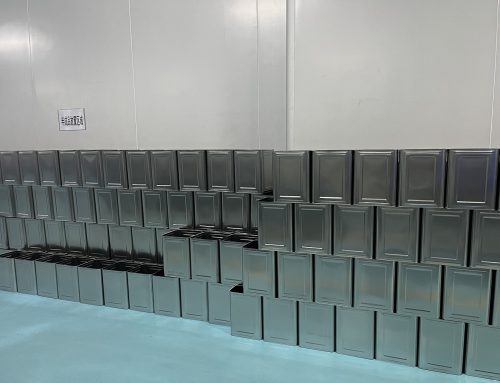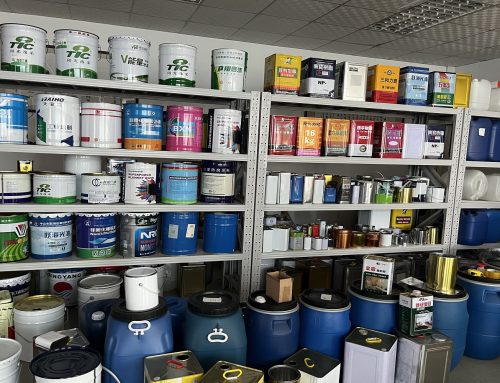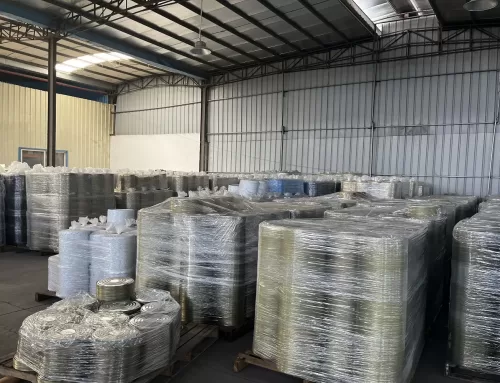There are several steps that are involved in the process of setting up a tin can production line. These steps include seaming, flanging, necking, beading, top curling, can body making, shearing/ slitting and more. This post will help you get an idea of everything that you need to know.
Shearing/ Slitting Machine
The tin plate for making tin cans is the essential raw material. The shearing/ slitting machine would cut the plates precisely into blanks of desired length and width which would be then used for fabricating a single can bottom, lid and body. The slitting process can either be done automatically or by hand. The follow types of slitting machines are used for effectively utilizing the material.
- Fully Automatic Shearing/ Slitting Machine
- Semi-Automatic Shearing/ Slitting Machine
- Manual Shearing/ Slitting Machine
Can Body Making Machine
Next, the tin can body making machine would be used which has been completely programmed for undertaking various processes simultaneously. The machine does various tasks and is used for the production of many finished body within a short period of time. The steps undergone include locking, forming, making groove, notching and pre-curling in an integrated manner.
In order to eliminate labor cost, the can body making process is completed entirely on the basis of fully-automatic machines. A low power consumption expense can be expected if a newer machine model is used.
Top Curling Machine
The machine is used for curling the top of the can. Therefore, it would have a certain depression and the desired shaped would be taken by can. It helps ensures that a fine rim is achieved at the top.
Necking Machine
The necking machine reduces or lessens the diameter or width of the top of the can. It impacts it to achieve a narrower top as compared to the rest of its body which is clear resemblance that can be seen with a neck.
Beading Machine
This machine is used for making an area of convex exterior or concave interior. Thus, the can will be made into a unique series of small bulges and depression throughout the body. It is done to provide the can with a higher quality and stability.
Flanging Machine
The machine is vital for making flanges onto the bottom and top ends of the can. Edges are made at the two endings of the tin after the flanges have been leveled. These are where the bottom and top of the can are appended.
Seaming Machine
Seaming is the process in which the can’s body is joined to the bottom. This machine is used for the process. Double or single seams can be used. However, the first is better due to the fact that it has the ability to last longer and hold it more tightly.
Conclusion
Each of the machines plays a huge role in setting a tin can production line. If you are looking for a company to purchase all of these machines then Brilliant Industrial is the best company for the job.

Everything You Need to Know to Setup a Tin Can Production Line




